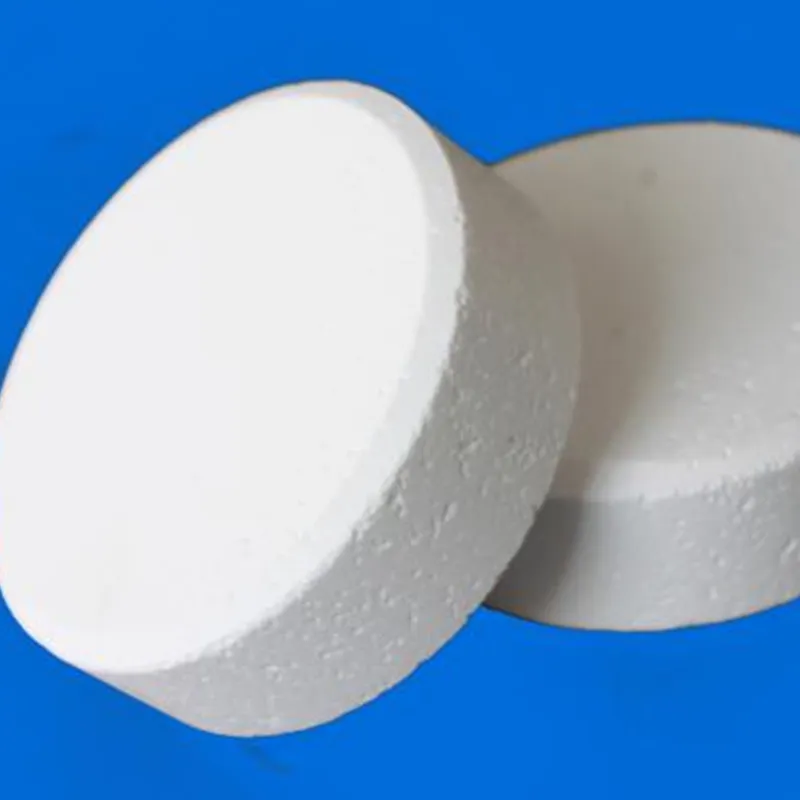
sodium metabisulfite use in water treatment
The Role of Sodium Metabisulfite in Water Treatment
Water treatment is a critical process in ensuring access to clean and safe drinking water, promoting public health, and preserving ecosystems. Among the various chemicals utilized in water treatment facilities, sodium metabisulfite (Na2S2O5) plays a pivotal role, particularly in dechlorination and as a reducing agent. This article delves into the applications, benefits, and safety considerations of sodium metabisulfite in water treatment.
What is Sodium Metabisulfite?
Sodium metabisulfite, also known as disodium metabisulfite or sodium pyrosulfite, is a white, crystalline powder that is highly soluble in water. It is commonly used as a preservative due to its antioxidant properties, but its utility extends well beyond food preservation. In water treatment, it serves primarily as a dechlorinating agent and a reducing agent.
Dechlorination Process
Chlorination is a widely employed method for disinfecting water, especially in municipal systems. While effective in killing harmful pathogens, chlorine can form harmful byproducts, such as trihalomethanes (THMs), when it reacts with organic matter in water. Moreover, high levels of chlorine can affect the taste and odor of drinking water, making it less palatable.
Sodium metabisulfite is employed to neutralize residual chlorine after the chlorination process. The reaction occurs as follows
\[ \text{Cl}_2 + \text{Na}_2\text{S}_2\text{O}_5 \rightarrow 2\text{NaCl} + \text{S}_2\text{O}_5 \]
In this reaction, sodium metabisulfite reduces chlorine to chloride ions, effectively dechlorinating the water. This process is crucial in ensuring the final treated water is safe for consumption and devoid of unpleasant tastes or odors associated with chlorine.
Advantages of Sodium Metabisulfite in Water Treatment
sodium metabisulfite use in water treatment

1. Effective Chlorine Removal Sodium metabisulfite is known for its efficiency in reducing chlorine levels, making it an ideal choice for post-chlorination treatment.
2. Non-Toxic byproducts The byproducts of sodium metabisulfite when reacting with chlorine (such as sodium chloride and sulfite ions) are non-toxic, ensuring that no harmful residues remain.
3. Cost-Effectiveness Sodium metabisulfite is relatively inexpensive compared to alternative reducing agents, offering a cost-effective solution for water treatment facilities.
4. Ease of Use It is easy to handle and dose, allowing treatment plants to effectively integrate it into their water treatment protocols.
5. Compatibility with Other Treatments Sodium metabisulfite can be used in conjunction with other water treatment processes without leading to negative interactions, enhancing overall water quality.
Considerations and Safety
Despite its benefits, the use of sodium metabisulfite necessitates careful handling. It can release sulfur dioxide gas, especially when mixed with acids or heated. Therefore, it is essential to store this chemical in a cool, dry place and to use appropriate personal protective equipment (PPE) when handling it.
Moreover, it is crucial to monitor the dosage of sodium metabisulfite to avoid over-reducing chlorine levels, which can lead to other water quality issues, including the presence of sulfite ions that can impact aquatic life if discharged into natural water bodies.
Conclusion
Sodium metabisulfite is a vital component in the water treatment industry, primarily for its role in dechlorination. Its effectiveness, non-toxic byproducts, and cost advantages make it a preferred choice for many facilities striving to provide safe drinking water. However, as with any chemical agent, it is important to handle it responsibly and monitor its usage closely. As water quality standards continue to evolve, the significance of agents like sodium metabisulfite will only increase, ensuring access to clean and safe water for communities worldwide.
-
Buy High-Quality Trichloroisocyanuric Acid for Sale | TCCA 90% SupplierNewsAug.30,2025
-
Pure Sodium Dichloroisocyanurate Dihydrate | Powerful DisinfectantNewsAug.29,2025
-
Industrial Chemicals: Quality & Purity for Every IndustryNewsAug.28,2025
-
Nitrile Rubber Honoring Strict Production StandardsNewsAug.22,2025
-
Aspartame Ingredients Honoring Food Safety ValuesNewsAug.22,2025
-
Fertilizer for Balanced Plant NutritionNewsAug.22,2025
-
Cyanide Gold Processing with High Purity AdditivesNewsAug.22,2025
Hebei Tenger Chemical Technology Co., Ltd. focuses on the chemical industry and is committed to the export service of chemical raw materials.
-

view more DiethanolisopropanolamineIn the ever-growing field of chemical solutions, diethanolisopropanolamine (DEIPA) stands out as a versatile and important compound. Due to its unique chemical structure and properties, DEIPA is of interest to various industries including construction, personal care, and agriculture. -

view more TriisopropanolamineTriisopropanolamine (TIPA) alkanol amine substance, is a kind of alcohol amine compound with amino and alcohol hydroxyl, and because of its molecules contains both amino and hydroxyl. -

view more Tetramethyl Thiuram DisulfideTetramethyl thiuram disulfide, also known as TMTD, is a white to light-yellow powder with a distinct sulfur-like odor. It is soluble in organic solvents such as benzene, acetone, and ethyl acetate, making it highly versatile for use in different formulations. TMTD is known for its excellent vulcanization acceleration properties, which makes it a key ingredient in the production of rubber products. Additionally, it acts as an effective fungicide and bactericide, making it valuable in agricultural applications. Its high purity and stability ensure consistent performance, making it a preferred choice for manufacturers across various industries.





